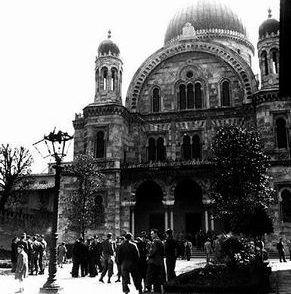The four-month exhibition, Cézanne a Firenze, open until July in the Palazzo Strozzi, celebrates the fact that Florence became the spiritual home for Italian Impressionism, with such leading Tuscan artists as Fattori, Soffici and Carena. The exhibition also honours Egisto Fabbri and Charles Loeser, two of Florence’s greatest 20th-century art collectors, who between them owned 47 Cézanne masterpieces.
Visitors to the Cézanne exhibition will require little encouragement to devour The Judgement of Paris, Ross King’s latest book, depicting the French art establishment’s initial outraged rejection of Impressionist artists such as Manet, Renoir, Monet and Cézanne. King combines the empathy of a novelist with the insights of an historian to create a gripping portrait of a truly traumatic period of French history. An ailing, decadent emperor suffers ignominious defeat at the hands of a soon-to-be proclaimed kaiser of the Second Reich: this dramatic historical event serves as back-drop to the ferocious annual debate concerning which artwork was to be featured at the Paris Salon. Works of art that failed to impress the jury of established artists were stamped with a large red ‘R’ before being returned to the humiliated creators of the ‘refused’.
The canvas that most outraged the salon judges in 1863 was Édouard Manet’s depiction of a naked female having a picnic with two fully-clothed, fashionable young men. Le Bain (later re-titled Le Déjeuner sur l’herbe) was heavily influenced by Raphael’s The Judgment of Paris. Manet’s allusion to Raphael, however, cut no ice with the salon jury. When Manet attempted to pay homage to Titian’s Venus of Urbino with his Olympia, the jury’s response was one of even greater disgust and outrage.
It seems that attempting to satisfy the neo-classical taste of the art establishment was a disastrous ploy for the youthful Manet. He was ridiculed and rejected as he struggled to sell even a single canvas. Ernest Meissonier was the most honoured, valued and fashionable painter of the period. Ross, however, offers us a sympathetic portrait of both men. Indeed, we learn as much about the ‘Painter of Lilliput’ as we do about the ‘King of Impressionism’. The author suggests that both artists, through contrasting methods, attempted to achieve a greater degree of realism.
Paul Cézanne’s brief appearances in the narrative add to the reader’s enjoyment. We learn that Cézanne carried his canvases to the annual adjudication with little or no expectation of being accepted. He collected his refused works with no apparent rancour and carried on painting as he thought best. Each March, he would present a new set of paintings. A friend described him as ‘carrying his canvases on his back like Jesus with his cross’. That friend was not Manet. He, like the jury of the salon, found the scruffy little artist to be of no real talent. Dismissing the greatest Impressionist of all, Manet said, ‘I will never commit myself to Monsieur Cézanne’.
The Judgment of Paris by Ross King is now available in both hardback and paperback. Review copy kindly provided by Paperback Exchange (via delle Oche 4R, Florence)







